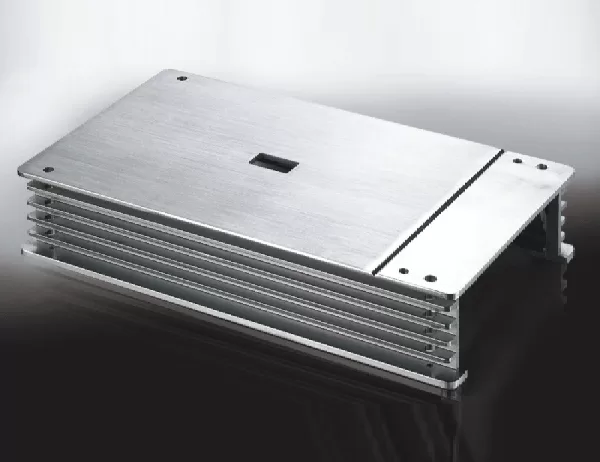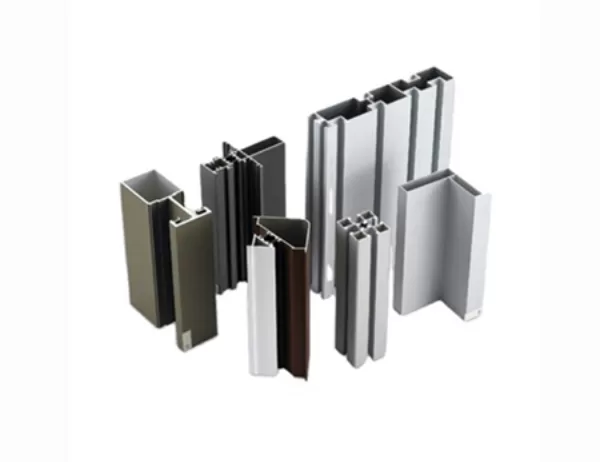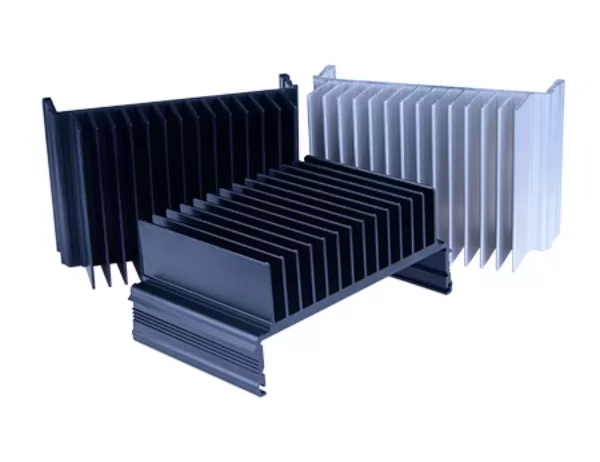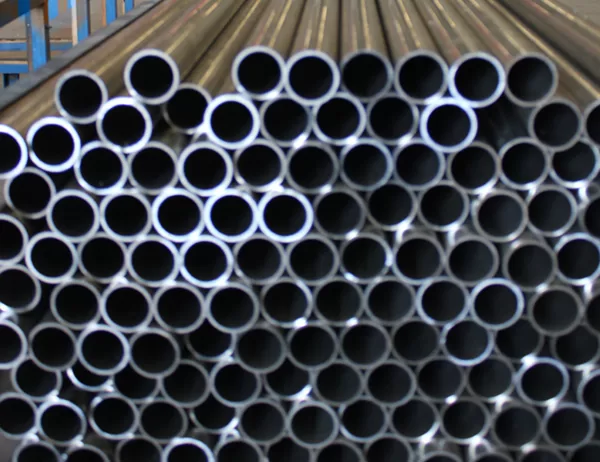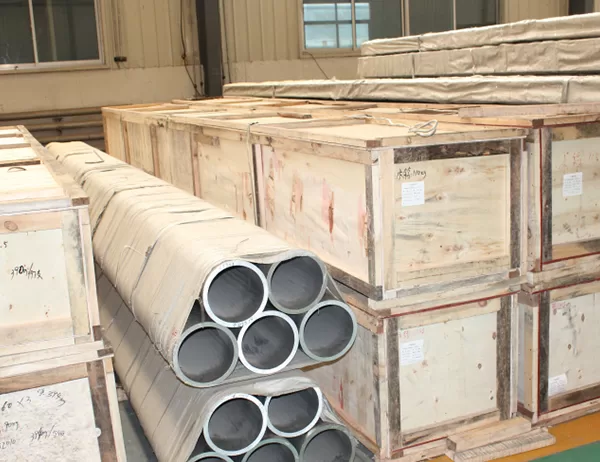In the realm of thermal management, innovative designs in aluminum heat sinks have revolutionized the way heat is dissipated from electronic devices. These heat sinks are engineered to maximize heat transfer efficiency, ensuring optimal performance and longevity for various applications.
Enhanced Surface Area for Efficient Heat Dissipation
Innovative heat sinks feature intricate fin designs that significantly increase their surface area. The enlarged surface area allows for more heat to be transferred from the electronic components to the heat sink, enabling faster cooling. This efficient heat dissipation helps prevent thermal throttling, ensuring stable performance even under demanding operating conditions.
Optimized Fin Geometries for Improved Heat Transfer
The design of heat sink fins plays a crucial role in enhancing heat transfer. Advanced heat sinks utilize optimized fin shapes, such as wavy or serrated fins, to create turbulence in the air flow passing through the fins. This turbulence promotes better heat transfer by increasing the contact area between the fins and the air, resulting in more efficient cooling.
Dual-Layer Fin Structures for Enhanced Heat Release
Dual-layer fin structures are another innovative design in heat sinks. These heat sinks feature a base layer with closely spaced fins, followed by a second layer of fins with wider spacing. The base layer traps heat while the top layer promotes rapid heat release, allowing for more effective heat dissipation.
Variable Fin Heights and Thickness for Targeted Cooling
Innovative heat sinks utilize variable fin heights and thicknesses to target specific heat dissipation requirements. Taller fins at the center of the heat sink dissipate higher levels of heat, while shorter fins at the edges provide balanced cooling across the entire surface area. This variable geometry ensures that heat is effectively removed from critical components, maximizing cooling efficiency.
Precision Manufacturing for Optimal Heat Transfer
Precision manufacturing techniques are crucial for creating heat sinks with optimal heat transfer performance. Innovative heat sinks are manufactured using advanced machining processes that ensure precise fin spacing, uniform fin thickness, and a smooth surface finish. This precision engineering minimizes thermal resistance and promotes efficient heat flow from the electronic components to the cooling fluid.
Thermal Interface Materials for Improved Contact
Thermal interface materials (TIMs) play a vital role in improving the contact between heat sinks and electronic components. Innovative heat sinks are designed with optimized TIMs that enhance heat transfer from the component surface to the heat sink, reducing thermal resistance and promoting more efficient cooling.
Conclusion
Innovative designs in aluminum heat sinks have pushed the boundaries of thermal management. By incorporating enhanced surface area, optimized fin geometries, dual-layer fin structures, variable fin heights, precision manufacturing, and optimized TIMs, these heat sinks deliver exceptional heat dissipation capabilities. They enable electronic devices to operate at optimal temperatures, ensuring reliable performance and extended lifespans even under demanding thermal conditions.
